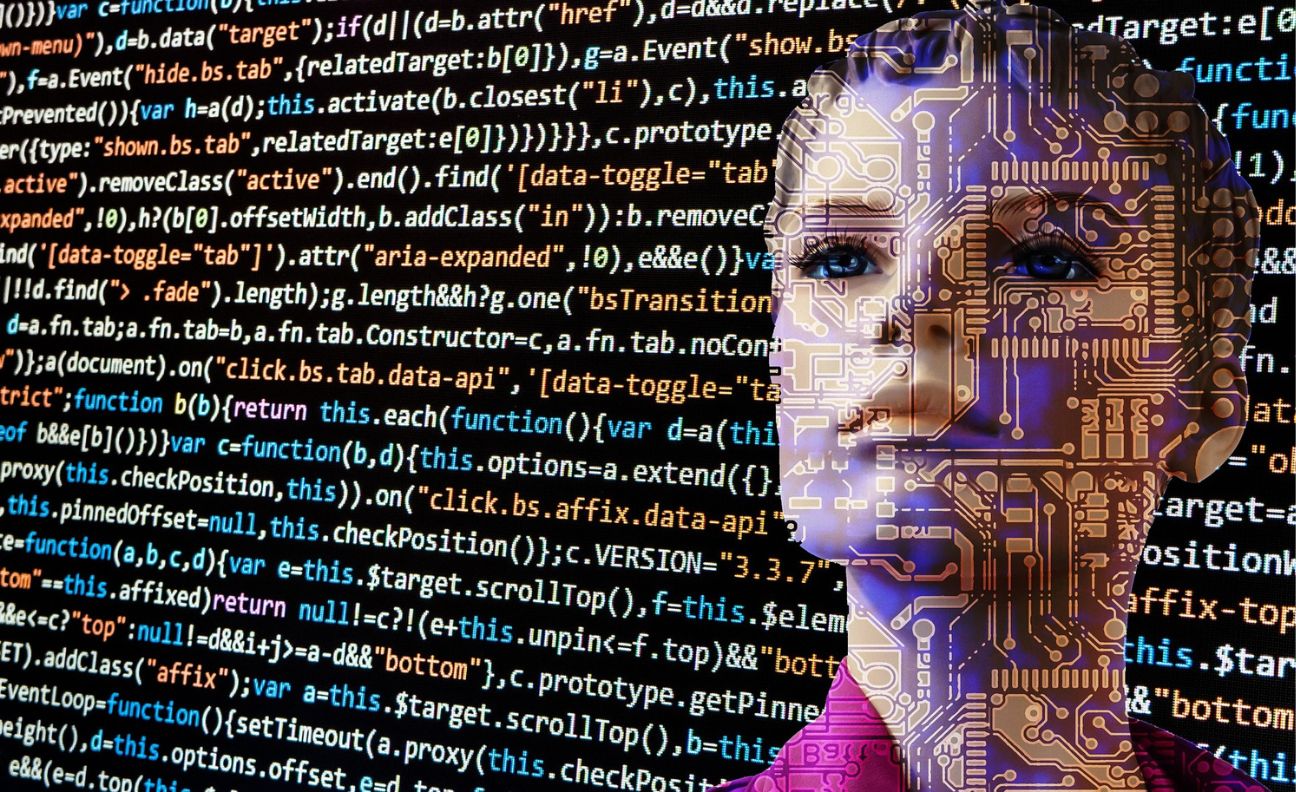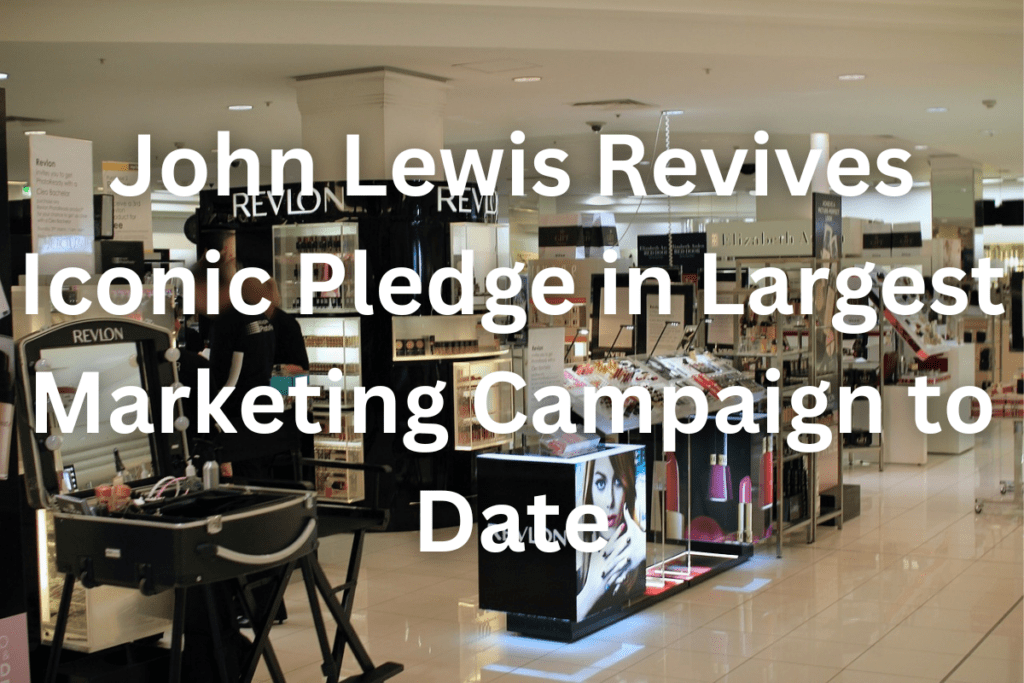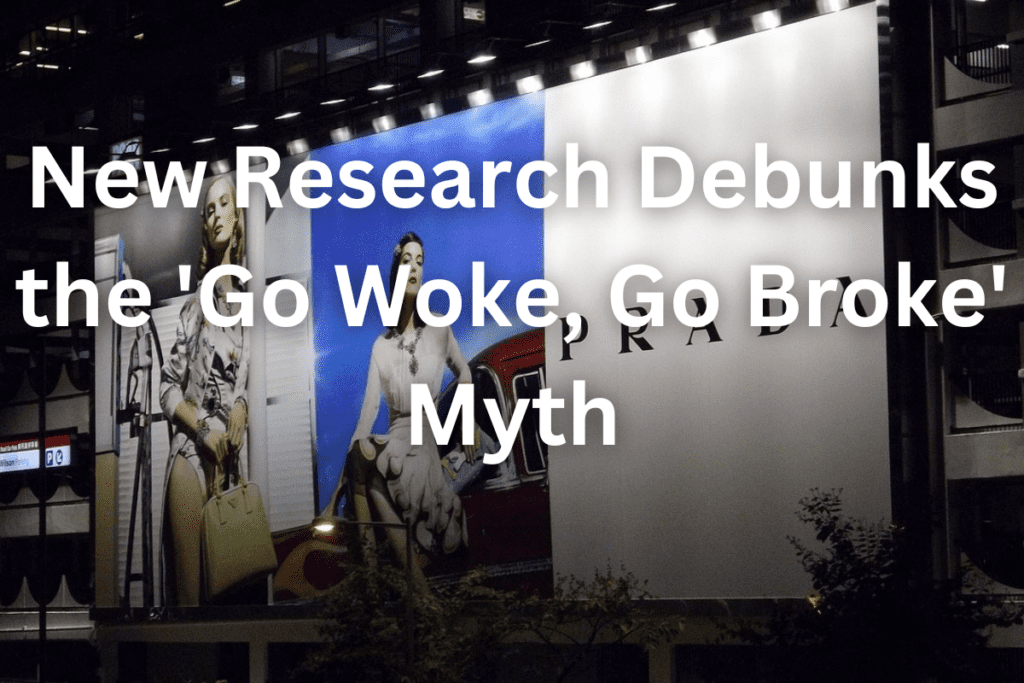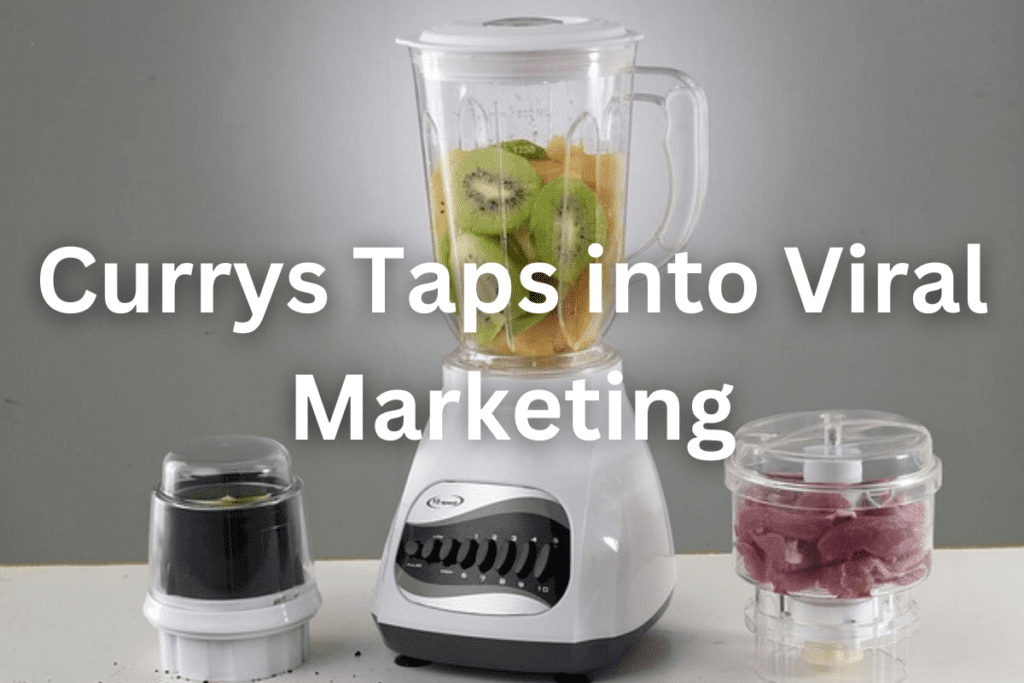What are virtual influencers? Or well, who are virtual influencers?
You may be asking yourself this question, and if you’re not familiar with the term, you’re not alone.
Virtual influencers are individuals who have built up a large following on social media without existing in reality. They have become popular as they have realistic characteristics, features and personal traits of humans, existing only on platforms like YouTube and Instagram.
And while some people may still be sceptical of their influence, virtual influencers are quickly taking over the marketing industry.
What are Virtual Influencers?
Virtual influencers are computer-generated characters that have been designed to look and act like real people. They are often used to promote products or brands on social media.
While they may not be real, their influence is very much real. In fact, virtual influencers often have a larger following than many traditional celebrities, some of them crossing the million follower milestone. A recent consumer research conducted by Mindshare’s UK Futures division shows that 54% of UK consumers find virtual entities appealing to some degree.
This latest trend started in 2016, with Lil Miquela, a 19 year old, who is the first virtual influencer. Since then, many other virtual influencers have been created, such as Bermuda, Blawko22, Noonoouri, and Noah.
How Do Virtual Influencers Work?
Virtual influencers are created by using computer-generated imagery (CGI) and artificial intelligence (AI). CGI is used to create the character’s appearance, while AI is used to give the character lifelike qualities, such as the ability to speak and interact with people.
The people behind each of these “individuals” are clever creators who have a keen eye for technology. They are the ones responsible for making their digital presences known and turning these virtual figures into internationally-known influencers.
The creators have complete agency in how they look, dress and act. They also get to decide who they associate with, date and to collaborate on Instagram, YouTube and other platforms. Influencers make money from brand deals, and the creator gets to keep all of that money.
These creators then use editing tools to superimpose their influencers onto any background they choose. If they have created a globetrotting type of influencer, then all they need is a high-resolution image of an exotic location as their backdrop.
Why are Virtual Influencers so Popular?
The trends of social media are ever-changing, and what was popular yesterday may not be popular today. This is especially true when it comes to influencers. In recent years, there has been a growing trend of people wanting to follow “perfect” lives on social media.
This desire for perfection has made traditional influencers less relatable and even less trustworthy. Studies have shown that 96% of people do not trust influencers because they believe that they only show the best parts of their lives, and hide the rest.
Virtual influencers, on the other hand, are completely transparent about the fact that they are not real people. This transparency makes them more trustworthy to their followers. In addition, virtual influencers are often more relatable than traditional influencers because they can be customised to appeal to specific demographics.
If a company wants to target millennials, they can create a virtual influencer that is a millennial themselves. This makes the virtual influencer more relatable and trustworthy to their target audience.
Top Virtual Influencers
There are many popular virtual influencers, but here are some of the most famous ones:
1. Lil Miquela
Miquela Sousa, better known by her stage name Lil Miquela, is a virtual model and influencer from Los Angeles. She is the first virtual influencer with 2.9 m followers. Since her debut in 2016, she has amassed a following of over 1.5 million people on Instagram. The 19 year old is the invention of LA based start up Brud, who specialise in artificial intelligence and robotics.
In 2019, she collaborated with Samsung as part of their #teamgalaxy campaign. Also that year, she teamed up with real-life super model Bella Hadid for a Calvin Klein advert. In 2018, The Times listed her in ‘Most Influential People on the Internet’.
2. Bermuda
Known as Robot Queen, Bermuda is another popular virtual model and influencer from Los Angeles. One among the most controversial virtual influencers, she has been active since 2017 and has amassed a following of over 262k people on Instagram.
3. Shudu
The World’s First Digital Supermodel, Shudu is a virtual model created by graphic designer Cameron-James Wilson and has 237k followers on Instagram. The “Princess of South Africa” Barbie doll is the inspiration for her appearance. She has been featured in campaigns for major brands such as Louis Vuitton and Barbie.
4. Blawko22
Blawko22 is a virtual YouTuber from the United Kingdom, created by Brud; the creator of Lil Miquela. He has been active since 2017 and has amassed a following of over 300,000 people on YouTube. He’s popularly described as the ‘young robot sex symbol’ due to his streetwear style and tattoos.
5. Imma
Imma Gram is a virtual influencer from Tokyo, Japan. She has been active since 2018 and has amassed a following of over 200,000 people on Instagram. In July 2019, despite being computer generated, she was featured on the cover of CG World, a magazine dedicated to computer graphics.
Virtual Influencers and Marketing
Imagine a company is shooting an Ad, with real-life influencers. The company would have to fly in the talent, pay for their hair and makeup, wardrobe, accommodation and food. The influencer might also bring along a friend or family member, meaning that the company would have to pay for two people instead of one.
On top of all of that, the company would also have to pay the fees that the influencer’s agent charges.
Now, compare that to working with a virtual influencer.
There are no travel costs, no agent fees and no need for hair and makeup artists. The creator can simply superimpose their virtual influencer onto any background they choose.
Virtual influencers are also more reliable than their human counterparts. Unlike real people, virtual influencers will never get sick, they will never miss a flight and they will never cancel at the last minute.
All these make virtual influencers a much more cost-effective option for companies, which is one of the reasons why they are becoming so popular in the marketing industry.
Is Virtual Influencer Marketing More Advantageous?
There are several reasons why virtual influencers marketing is popular over traditional marketing ideas.
1. New Way to Reach Customers
First, they offer brands a new way to reach consumers. Traditional advertising methods, such as television commercials and print ads, are no longer as effective as they once were.
People are now spending more time online than ever before, and they are becoming increasingly immune to traditional forms of marketing. This is where virtual influencers come in. By promoting products on social media using virtual influencers, brands can reach a large number of people in a way that is more personal and relatable.
2. Cost-Effective
Second, virtual influencers are more cost-effective than traditional celebrities. A traditional celebrity endorsement can cost a brand millions of dollars. Virtual influencers, on the other hand, can be created for a fraction of the cost.
Similarly, real artists need several shots to get the perfect picture. Virtual influencers, however, can be edited to look perfect in every single frame.
3. Target Specific Niches
Another benefit of virtual influencers is that they can be used to target specific niches. Virtual influencers can be made to appeal to any demographic. They can be designed to look like anyone, which gives brands the ability to target a very specific audience.
For example, if a company wants to target teenage girls, they can create a virtual influencer that appeals to that demographic.
This is something that would be difficult to do with a real-life influencer, as most traditional celebrities have a wide range of fans from different age groups.
3. More Engagement
It is clearly visible that virtual influencers are more engaging than traditional celebrities. Traditional celebrities often have very large followings, but they are not always engaged with their fans.
Virtual influencers, on the other hand, are solely focused on engaging with their audience. This is because virtual influencers only exist online, so they have to work hard to build a relationship with their followers.
As a result, virtual influencers usually have much higher engagement rates than traditional celebrities. This helps marketing companies to get better results for their clients.
4. Flexibility
Another advantage of virtual influencers is that they offer brands more flexibility. With a traditional celebrity, brands are limited to using the celebrity in the way that they are normally seen by the public.
Virtual influencers, on the other hand, can be used in any way that the brand wants. They can be made to say anything, wear any clothes and promote any product. This gives brands a lot of freedom to be creative with their marketing campaigns.
5. Higher ROI
Finally, virtual influencers offer a higher return on investment (ROI) than traditional celebrities. This is because virtual influencers are more cost-effective and more engaging than traditional celebrities.
As a result, brands can get more bang for their buck by working with virtual influencers. This is why we are seeing more and more brands working with virtual influencers in marketing campaigns.
Existing/Potential Drawbacks of Virtual Influencers
That being said, there are also some existing and potential drawbacks of virtual influencers.
From having no personality to being too perfect, the drawbacks of virtual influencers include exhibiting characteristics that are the complete opposite of what makes an influencer successful. The lack of authenticity is often cited as the primary concern when it comes to virtual influencers.
Since anything beyond imagination can be created, there is a heightened sense of distrust when it comes to virtual influencers.
The lack of transparency is also an important concern when working with virtual influencers. It can be difficult for brands to know how much control they have over the influencer’s content and whether or not the influencer is being paid for their posts.
This lack of transparency can lead to some serious problems down the line, so it’s important for brands to be aware of this before they start working with virtual influencers.
This was especially negative in the case of Mira, the new CGI Influencer of M&S, who is described as a Digital Designer of the M & S team. The name MIRA was derived from Marks & Spencer, Influencer, Reality, Augmented.
Mira received an unexpectedly negative response as the M&S customer base is typically older and more conservative than the brand audience who usually engage with other virtual influencers. Social media users commented on Mira as a “misjudged gimmick” and “quite frankly ridiculous”. The retailer was condemned for promoting an unrealistic representation of women through the VI.
The final concern is that virtual influencers are not always sustainable in the long run. Unlike traditional celebrities, who have a long shelf life, virtual influencers can quickly become outdated.
This is because virtual influencers are often created to appeal to a specific trend or fad. Once the trend or fad has passed, the virtual influencer will no longer be relevant.
As a result, brands need to be careful about how they use virtual influencers in their marketing campaigns. If used in the wrong way, virtual influencers can do more harm than good.
Despite these potential drawbacks, virtual influencers offer a lot of advantages that make them very attractive to brands. As long as brands are aware of the potential risks involved, they can use virtual influencers to their advantage in marketing campaigns.
Brands and their Virtual Influencer Marketing
Renault
The global automotive brand Renault in February 2019 released a TV commercial starring their new virtual ambassador, Liv. In fact, she is known as Liv Renault, meaning life, referring to the Renault tagline “Passion for Life“.
Liv was introduced as the Virtual Brand Ambassador of Renault’s Kadjar SUV. This was a ground-breaking move in the automobile industry.
Prada
The high-end fashion brand Prada has also jumped on the virtual influencer bandwagon by featuring a digital model for their perfume Prada Candy. The company chose CGI influencer Candy to advertise its fragrance collection with the same name. Candy wore several pieces from the Prada brand, including a pair of iconic triangular logo-plaque earrings.
Prada’s main focus was to use digital muses to target the tech-savvy Gen Z audience, as the Prada Candy fragrance has typically always been marketed towards younger people. As Prada’s first virtual muse, she is also the face of the company’s Candy perfume collection. This is not the first time that Prada has worked with a virtual influencer. Even the virtual influencer Lil Miquela attended a Prada show in 2018, during Milan Fashion Week.
Samsung
In early 2022, Samsung unveiled Zero; their own digital avatar and influencer, created by Offbeat Media Group, to advertise the new Samsung Galaxy S22. The product was promoted in the World’s First Metaverse live shopping event, hosted by Zero and TikTok creator Liam Kalevi.
According to a Samsung press release, Zero is the first character released to the world from the Nexus universe. He is a fully virtual being that lives inside of his bunker inside of this said universe. Through Zero, Samsung positioned itself as a brand that looks to the future.
KFC
Colonel Sanders, the mascot of KFC, was replaced by a digital version of himself in early 2020. The new Colonel Sanders is a 3D-animated character that was designed to appeal to a younger audience. The decision to go with a virtual influencer was made in order to stay relevant and keep up with changing times.
He was frequently photographed with KFC-branded gear or foods, and he made time to connect with other famous influencers. His post captions always expressed what he as an individual enjoys, while staying within the guidelines of the KFC brand. Although KFC experienced much success, they only budgeted for a time-limited virtual influencer appearance instead of an extensive, on-going storyline. It is also heard that KFC was mocking other virtual influencers through their short term Colonel Sanders.
The Future of Virtual Influencers
It is still too early to tell what the future holds for virtual influencers. However, it is clear that they are becoming more and more popular. It is also clear that they are here to stay.
As social media platforms continue to grow and evolve, so will virtual influencers. They will become more realistic and lifelike. They will also become more interactive and engaging.
In the future, we will likely see more brands using virtual influencers to promote their products and services. We will also see more people interacting with virtual influencers on a regular basis.









